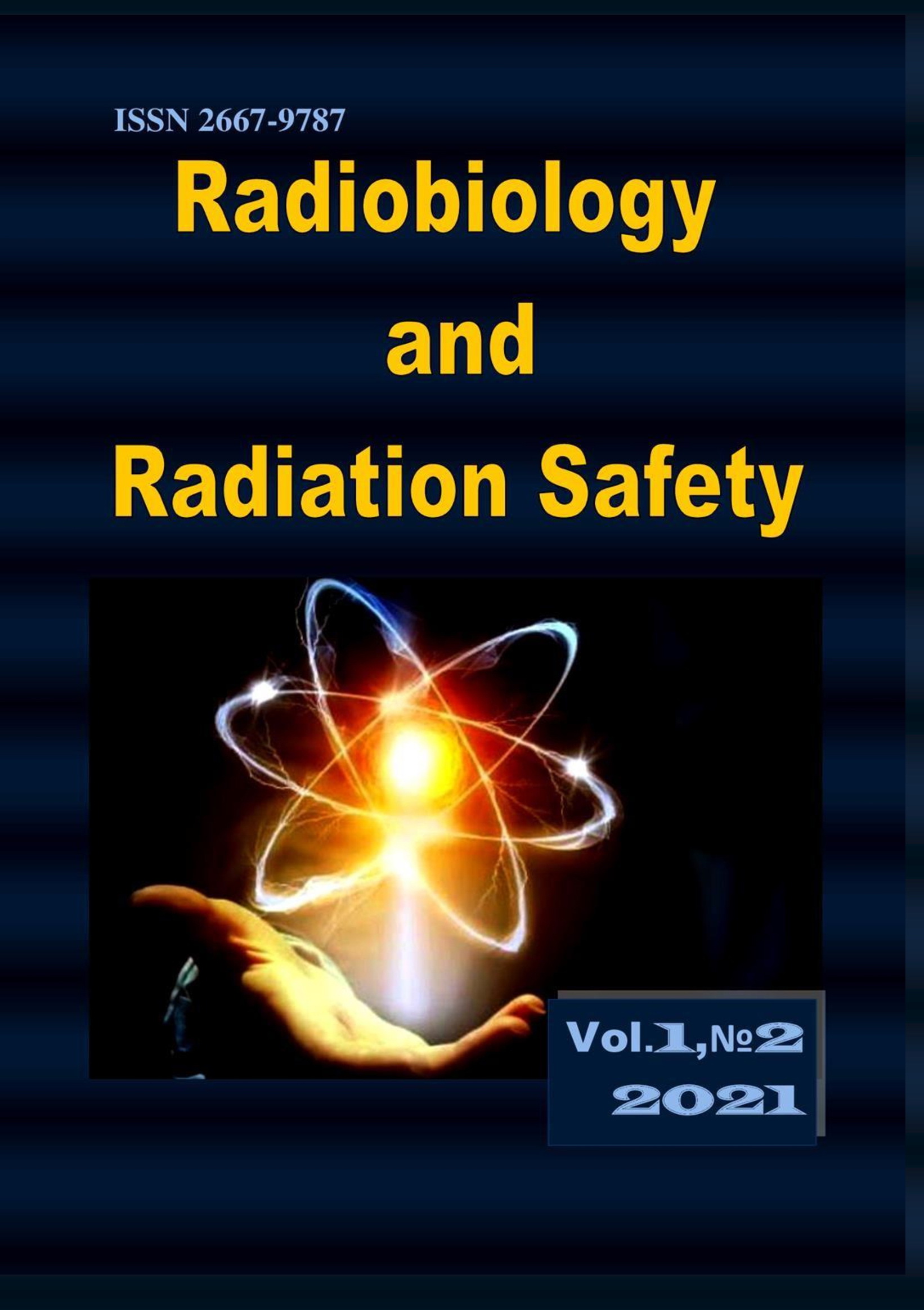Evaluation of Distribution of Cardiac Doses in Breast Cancer Radiotherapy and Prediction of Percentage Increase in Cardiovascular Risk in the Georgian Female Population
DOI:
https://doi.org/10.63465/rrs120213295Keywords:
Breast Cancer Radiotherapy, Mean Cardiac Dose, Probability of PercentageAbstract
The purpose of this article is the preliminary Evaluation of cardiac doses distribution in breast cancer radiotherapy and Prediction of Percentage Increase in Cardiovascular Risk in the Georgian Female Population. Patients: The histories of 100 patient cases (40 right breast cancer, 60 left breast cancer) who underwent a course of radiation therapy at the Kutaisi Christina Kiri Cancer Centre
in the years 2017-2018, were analysed.
Dose Evaluation: Patient irradiation program and dose evaluation were performed using conformal 3D and IMRT planning (ZXOX20) and eclipse system based on diagnostic CT scan and virtual simulation (ZXOX30). Total dose 50 Gy, fractional dose 2 Gy, additional dose 10 Gy. MLC blocking was used to protect surrounding tissues. The minimum, maximum and mean dose (MHD) of the heart were recorded.
Data analysis and statistics: Bayesian approach for parameters updating were used to increase the representativeness and accuracy of our survey results. Calculations was performed within hierarchical Bayesian model for a lognormally distributed random value with known variance. As a prior information was used literary data on cardiac doses in breast cancer radiotherapy in EU countries in years 1977-2017. In this case, a posterior distribution function, represents updated with clinical data a prior function, and with crude accuracy can be considered as a dos’s distribution in a breast cancer patient in Georgia. The statistical significance of the results was tested with the methods of parametric and non-parametric statistics (ANOVA, Xi2, Shapiro-Wilk test for normality, Grubbs' test and so on).
Results: The mean values of the left and right- sided breast cancer doses and its standard deviations in clinic patients are equal to 2.95 Gy and 2.69, and 1.3Gy, 0.8, respectively. The mean and standard deviation of the normal distribution associated with lognormal approximation of mean heart doses distribution for the left and right sides is equal to 0.87, 0.69 (SW-W = 0.98, p = 0.34) and -0.2328, 0.8236, (SW-W = 0.95, p = 0.07), respectively. The posterior values of the left and right-side doses and their standard deviation are equal respectively to 0.9, 0.08 and -0.2328, 0.12, the mean values of the posterior doses are practically no different from the means of the study cohorts, although their estimation error was reduced practically by 4-7 fold. In the case of doses used in the breast cancer patients of Georgia, the expected total probability of Percentage Increase of Major Adverse Cardiovascular Event Rate is equal to 19% and 6% for the left and right sides, respectively. From the standpoint of the results obtained, the priority areas of our further research are the validation of these results and further refinement of the radiotherapy "benefit-risk" evaluation methodology with consideration of distant tissue effects after radiotherapy.



